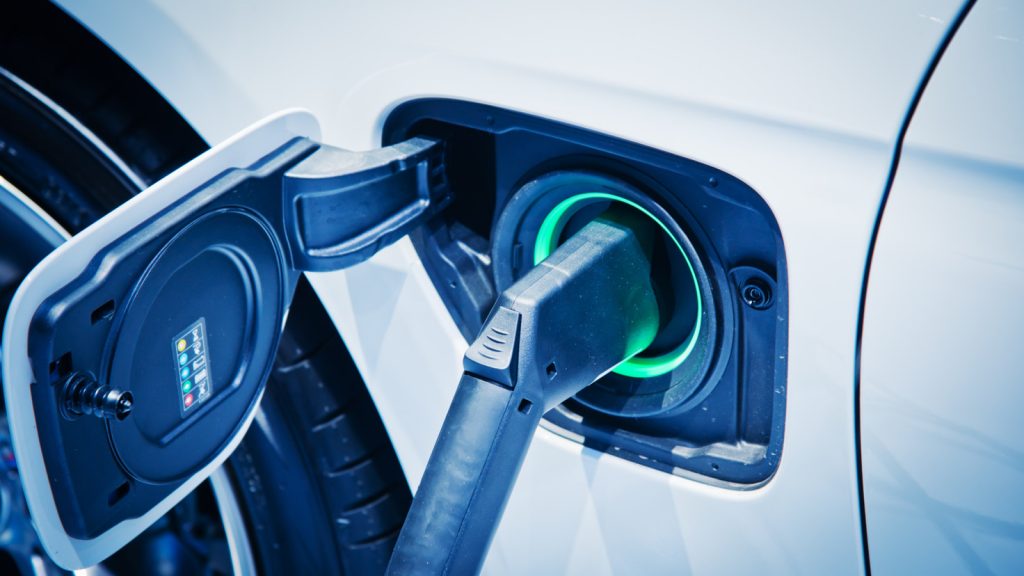According to the International Energy Agency (IEA), there were 1.8 million EVs in the US in 2020, which is 3 times more than the number of EVs on the road in the US in 2016. This monumental growth in the consumers of EVs has raised the need for renewable energy to power these vehicles manifold. Sources like wind and solar are at the heart of it.
Undoubtedly the quest for renewable energy began with Solar and wind in mind, but these are internment sources that are not readily available. The EV users need energy on demand, at it should be readily available. Another consideration is that the energy created for EVs should be storable to be used later on when required. Dr Yu Zhu, a professor in UA’s School of Polymer Science and Polymer Engineering, and his team might have the answer to this as they are trying to develop a more stable way to store the energy.
Just like the gas stations of today, the EV charging stations will need to have a storage capability and capacity so that charging may be unhindered. Recently, water-soluble organic materials have been poised as the future electrolytes in the RFBs (namely aqueous organic RFBs, or AORFBs). However, current RFBs use high-cost and environmentally hazardous active materials electrolytes Organic-based electrolytes can be obtained from renewable sources and manufactured with meagre cost. However, the lack of stable water-soluble organic electrolyte materials, particularly the positive electrolyte (catholyte), is a major hurdle of AORFBs.
Scientists in Pacific Northwestern National Laboratory led by Dr Wei Wang and Dr Zhu’s research group have successfully developed a stable Catholyte. It demonstrated cells that kept more than 90 percent of capacity over 6,000 cycles, projecting more than 16 years of uninterrupted service at a pace of one cycle per day. The research has deemed a breakthrough and was published in the Nature Energy and included contributions from Zhu’s doctoral students Xiang Li and Yun-Yu Lai.
“Development of high-performance RFBs will enrich the category of electrical energy storage systems and complement the shortcoming of intermittent renewable energy sources, therefore largely improving the usability of electricity powered facilities, such as vehicles,” says Zhu. “To significantly improve the performance of aqueous organic RFBs, the urgency of developing new catholyte is crucial.”
The team did not merely demonstrate state of the art Catholyte in their paper published in the Nature Energy. They also put forth a strategy that can be key in designing water-soluble catholyte to enhance their solubility. With the new design strategy, the team plans to design new materials to mature the RFBs further.

